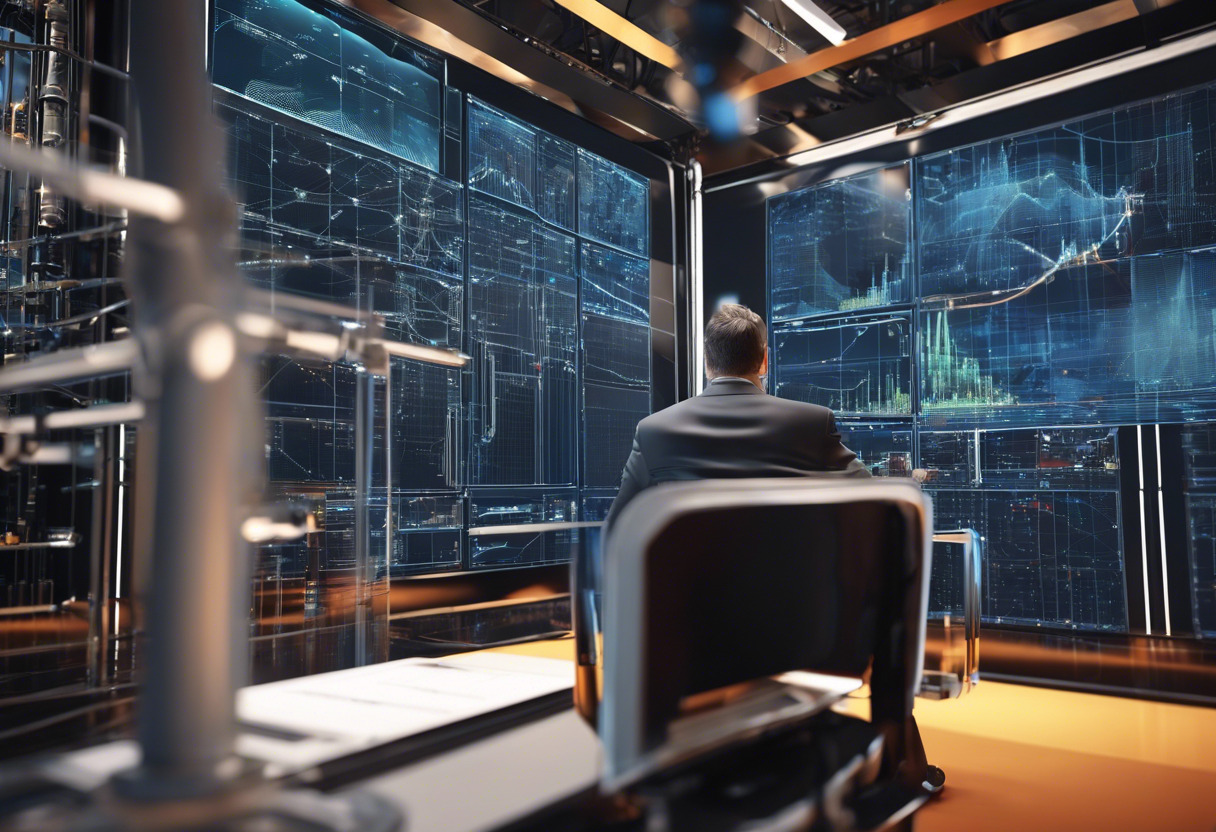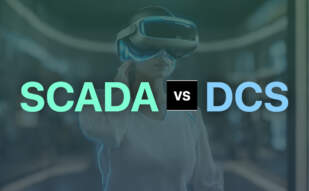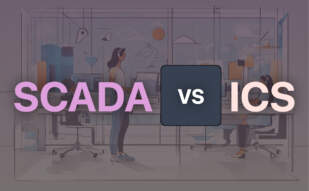Choosing between SCADA and RTU is crucial for handling industrial processes. SCADA’s robust, comprehensive systems ideally suit complex operations and central monitoring. However, for harsh environments or remote locations, the resilient and power-efficient RTU is the logical choice.

Key Differences Between SCADA and RTU
- Coding: SCADA is used for automating complex industrial processes and controlling plant equipment at a supervisory level while RTU performs interface functions between field objects and distributed control systems.
- Use Cases: SCADA is used in various sectors such as energy, manufacturing, and transportation. RTUs, however, find application in extreme environments and remote areas like pipeline monitoring – useful for industries like oil and gas, and water utilities.
- Components: SCADA comprises of RTUs, HMI, controllers, and communication channels among others, while RTUs are microprocessor-controlled devices with a CPU, communication interface, and I/O cards for different inputs.
- Price: SCADA systems cost can vary greatly depending on the system complexity, while RTUs are available at various price points ranging from $500 for entry-level to over $5,000 for premium models.
| Comparison | SCADA | RTU |
|---|---|---|
| Purpose | Monitor and control plant or equipment at supervisory level | Interface between real-world objects and a distributed control system or SCADA |
| Used In | Industries including industrial plants, water and waste control, energy, oil and gas refining, transportation, telecom | Applications like pipeline and grid guarding systems, hard-to-reach locations or extreme environments |
| Components | RTU, sensors, control relays, SCADA master units, communication channels, HMI, controllers, communication, database, software | CPU, communication interface, and input/output cards for AI, DI, DO/CO, AO |
| Data Collection | Discrete sensors collect digital information, analog sensors collect live values | Monitor through analog inputs of different types, translate, scale raw data into relevant units |
| Communications | Done over Ethernet or IP over SONET, supports migration to IP capable devices at sites | Communicates via RS485 or wireless links, multiple RTUs/IEDs can share a line |
| Evolution | From monolithic to distributed and networked systems, use of SQL databases, RAD capabilities | Modern RTUs support IEC 61131-3 standard, can perform in autonomous mode during maintenance |
| Future Directions | Incorporate 5G networks, quantum computing, edge computing, AI, machine learning | Unspecified |
| Cybersecurity | Has concerns with more connected and integrated systems | Unspecified |
| Advantages | Modern SCADA are scalable, interoperable, widely supported, improve accessibility to data and controls | Specific design to operate under harsh conditions, power efficient, offer various features at different price points |
| Criticisms | Legacy SCADA systems lack modern features, limited options for support | Unspecified |
What Is SCADA and Who’s It For?
SCADA, or Supervisory Control and Data Acquisition, is a computer application that offers centralized monitoring and control of complete networks. It’s known for streamlining complex industrial processes, detecting and correcting problems, and measuring trends over time.
SCADA is meant for industries like industrial plants, water and waste control, energy, oil and gas refining, transportation and telecom. It provides a broad array of components, like Remote Terminal Unit (RTU), sensors, control relays, and communication channels.

Pros of SCADA
- Automates and streamlines complex industrial processes
- Supports comprehensive monitoring and control of complete networks
- Improves accessibility to data and controls
Cons of SCADA
- Tackles cybersecurity challenges due to more interconnected and integrated systems
- Legacy SCADA systems lack scalability and interoperability
What Is RTU and Who’s It For?
The RTU (Remote Terminal Unit) is a microprocessor-controlled electronic device that serves as an interface between real-world objects and a distributed control system or SCADA system. It sends telemetry data to the master system and receives control messages.
RTUs are designed for applications like pipeline and grid safeguarding systems, hard-to-reach places or harsh environments such as the Biosphere 2 project. The RTU’s robust design enables it to operate under challenging conditions.

Pros of RTU
- Designed for harsh conditions and remote locations
- Can interface with both analog and digital inputs
- Can remain operational during AC power failure due to inbuilt battery and charger circuitry
Cons of RTU
- Depending on features, the cost can be high
- May require special training to install and maintain
SCADA vs RTU: The Digital Decider
So, you’ve navigated the labyrinth of SCADA and RTU. As all good guides do, let’s orient you towards your strategic path.
Industry Complex Controllers
If you cone operations with labyrinthine networks that require a central authority for management, SCADA is your go-to technology. With its edge computing and AI capabilities, it’ll automate complex processes, mid-course correct errors, and intelligently assess trends over time — the corporate lifeguard of the oil, gas refining, and industrial plants domain. And did we mention its propensity for incorporating quantum computing and 5G networks?

Remote Conditions Maintainers
Now, if your field of play includes physically inaccessible or extreme environments, the RTU is your rugged companion. Sturdily built for the harsh, it also flaunts power efficiency — solar powered if need be. Pipeline and grid guarding systems or Biosphere-esque projects — it doesn’t bat an eyelid.

Budget Minded Professionals
For those balancing the books, the RTU also lends itself with its various price points — from the entry-level to the premium, to cater to broad functionalities and capacities. In contrast, SCADA might prompt some budgetary anxieties due to higher investments required.

In the SCADA vs RTU power struggle, SCADA monopolizes complex control networks, while RTU braves the unchartered terrains. Yet, the RTU wins on the price front. Compromises are extinct here; the right choice orbits around your unique operational landscape.
Logan Bellbrook
Content writer @ Aircada with a knack for nature & AR/VR/XR. Blogging the intersection of tech & terrain.





